

The basic structure of the cylinder
 Single acting cylinder: The piston is only supplied with air on one side, and the air pressure pushes the piston to generate force to extend, relying on springs or self weight to return.
Single acting cylinder: The piston is only supplied with air on one side, and the air pressure pushes the piston to generate force to extend, relying on springs or self weight to return.
Double acting cylinder: There is air on both sides of the cylinder piston to provide pressure, achieving sequential action of forward or backward.
Here we share a key performance point of a cylinder
Cushioning of cylinders
If a buffer device is not used, when the piston moves to the end, especially for cylinders with long stroke and fast speed, the kinetic energy of the piston's impact on the end cover will be very large, which can easily damage the parts and affect the service life of the cylinder!
(Just like jumping on a trampoline, jumping up without rubber pads, your feet will be instantly injured when you land)
In order to effectively utilize buffering, we generally adopt:
The first type is hydraulic buffering. It is also a relatively simple buffering measure to install a hydraulic buffer at the front end of the cylinder. By using a unique damping hole design and mineral oil as the medium, the transition from high-speed light load to low-speed heavy load can be smoothly achieved. The characteristic is that there is no need to adjust the wide range of small to large forces, which can achieve optimal energy absorption;
The second type: rubber cushion. Installed at both ends of the piston rod, the buffering capacity is fixed and unchangeable, with small buffering capacity. It is mostly used for small cylinders to prevent noise during operation.
The third type is air buffering. When the piston moves, the buffer sleeve and sealing ring work together on one side to form a closed buffer chamber, achieving buffering. The gas in the buffer chamber can only be discharged through the buffer valve. When the opening of the buffer valve is very small, the pressure inside the chamber rapidly increases, and the pressure exerts a reaction force on the piston, causing it to slow down until it stops.
Through the above brief introduction, I believe everyone has made progress in understanding cylinders. As one of the main components of pneumatic drive, the role of cylinders in industrial development is self-evident.



 中文
中文 ENGLISH
ENGLISH

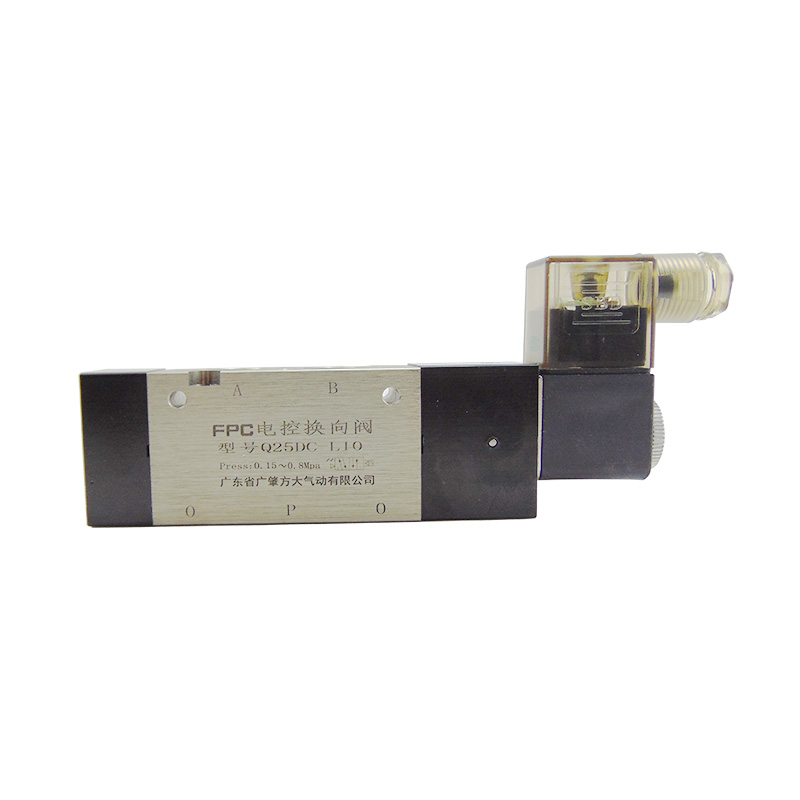
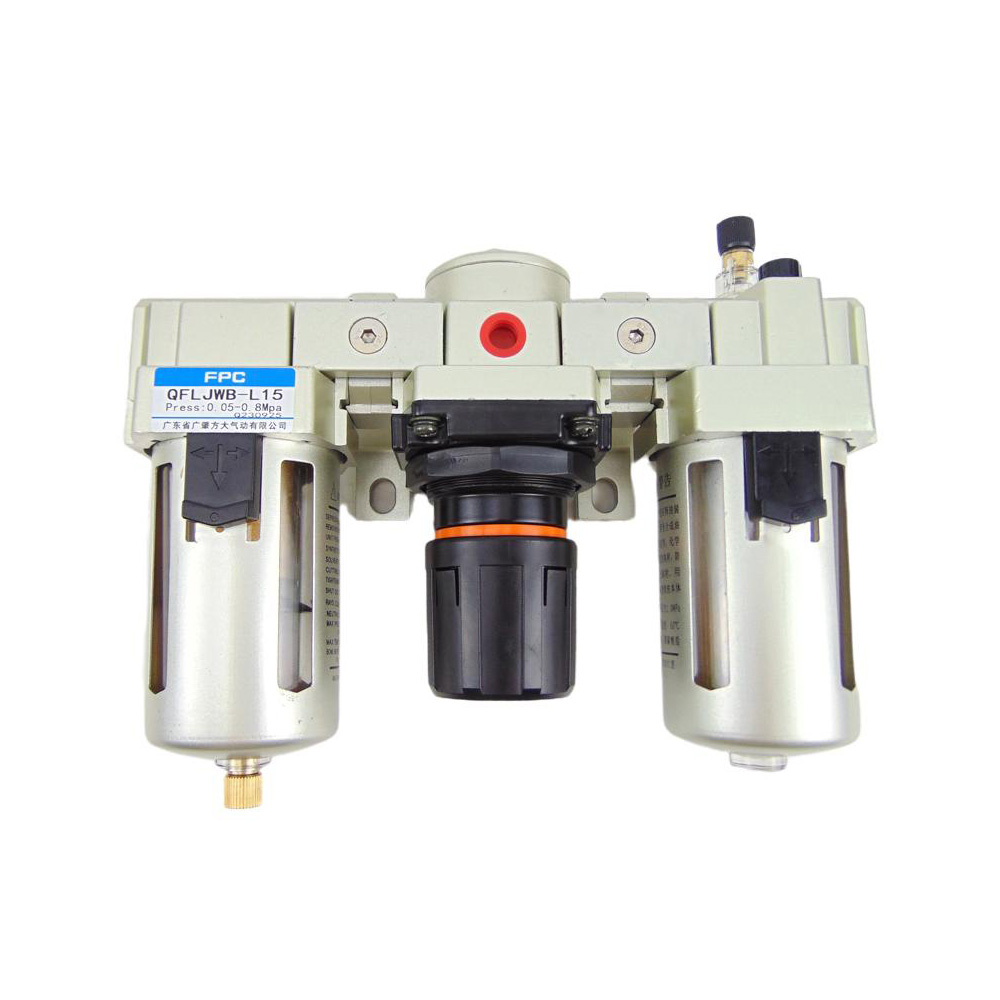
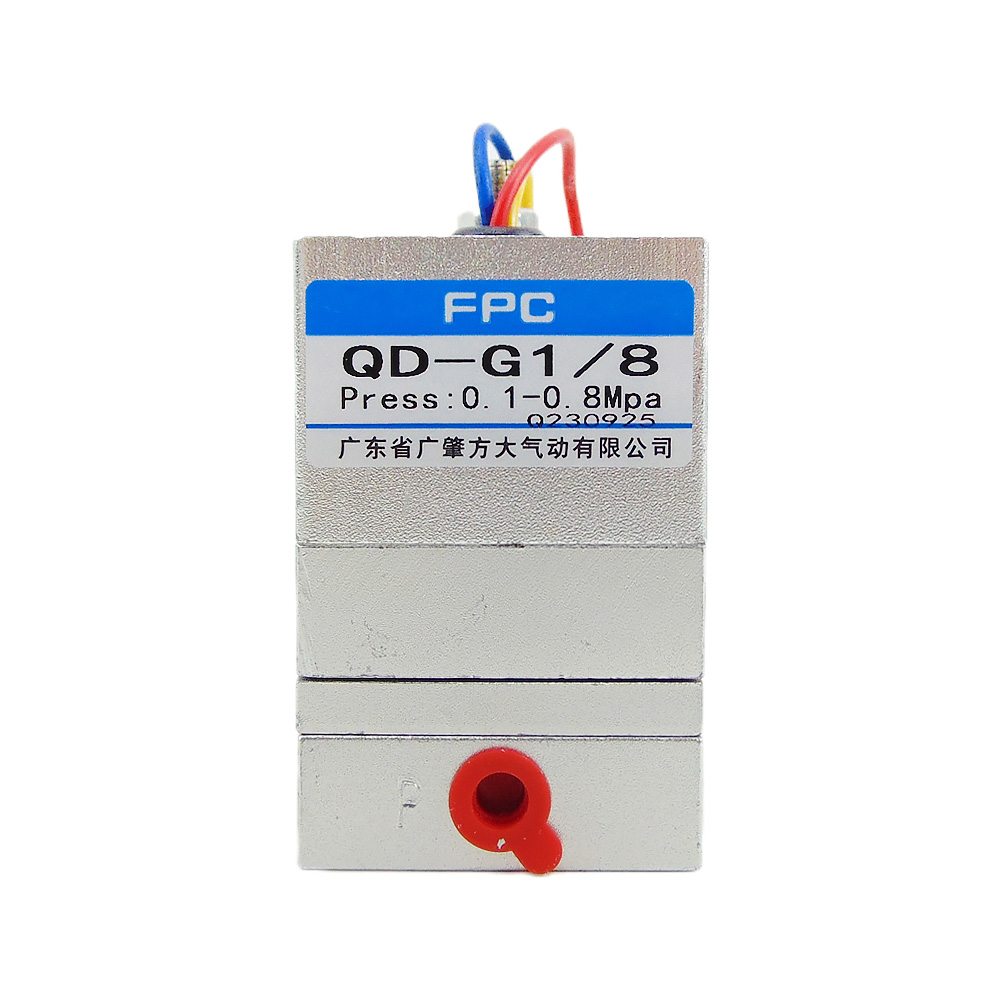
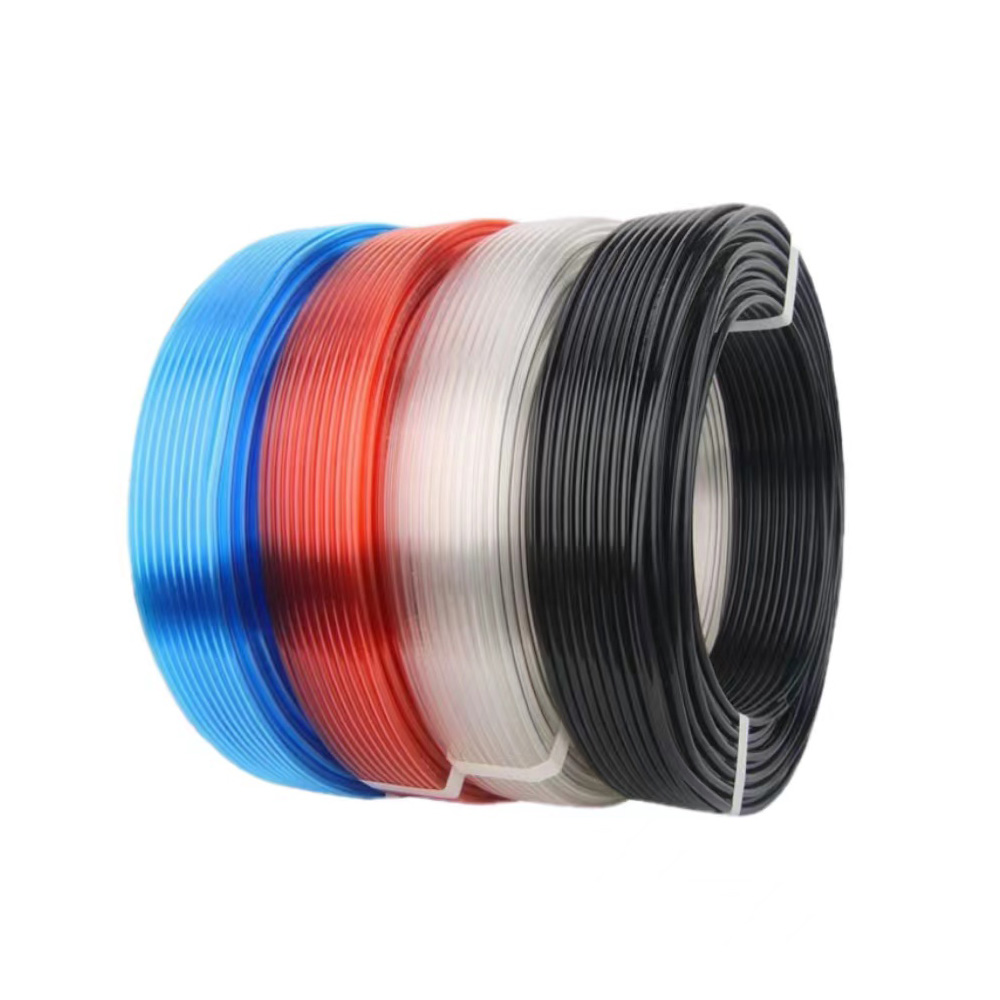
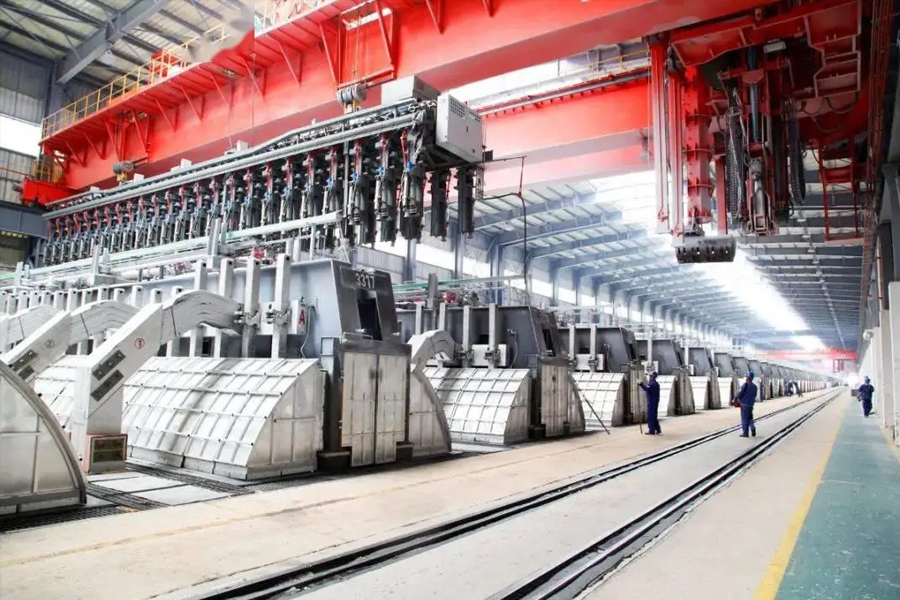
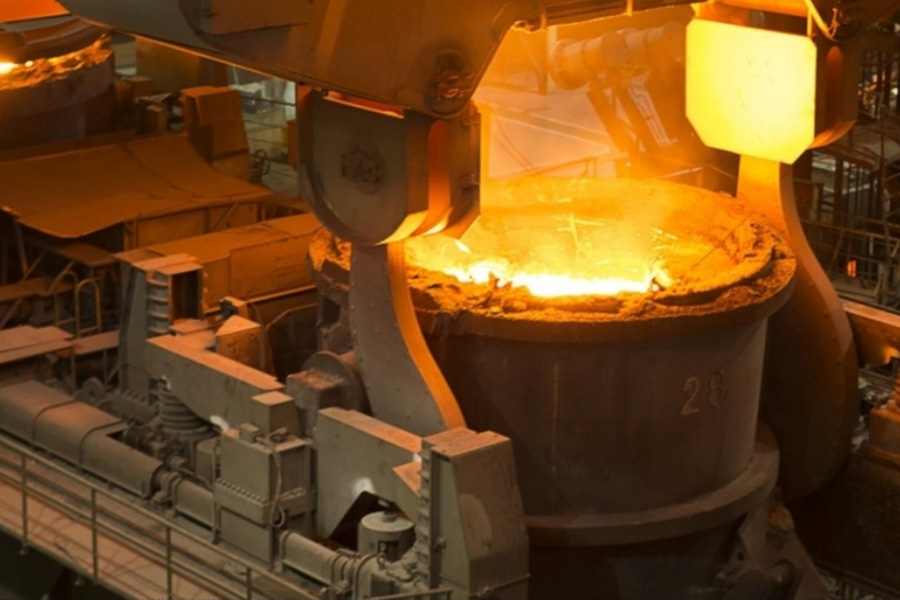
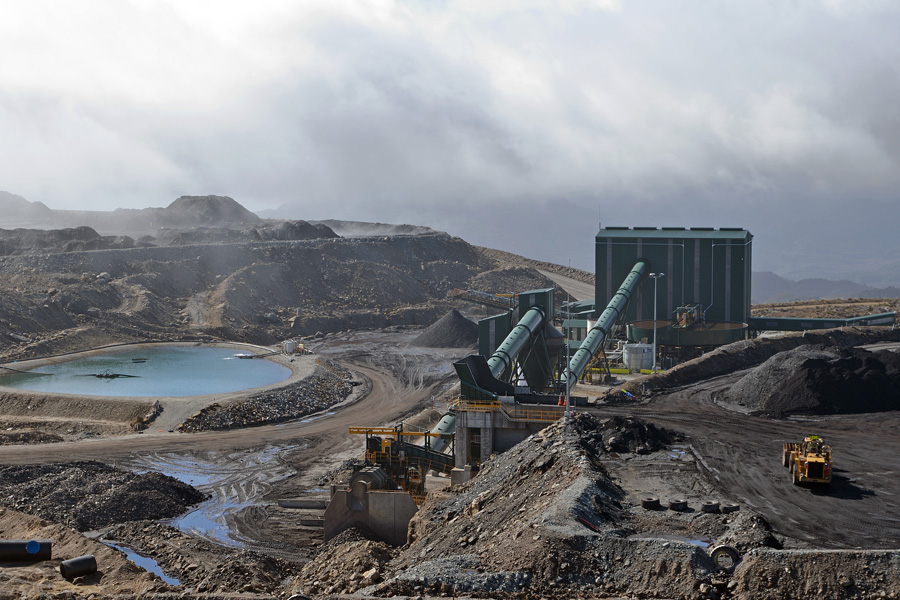
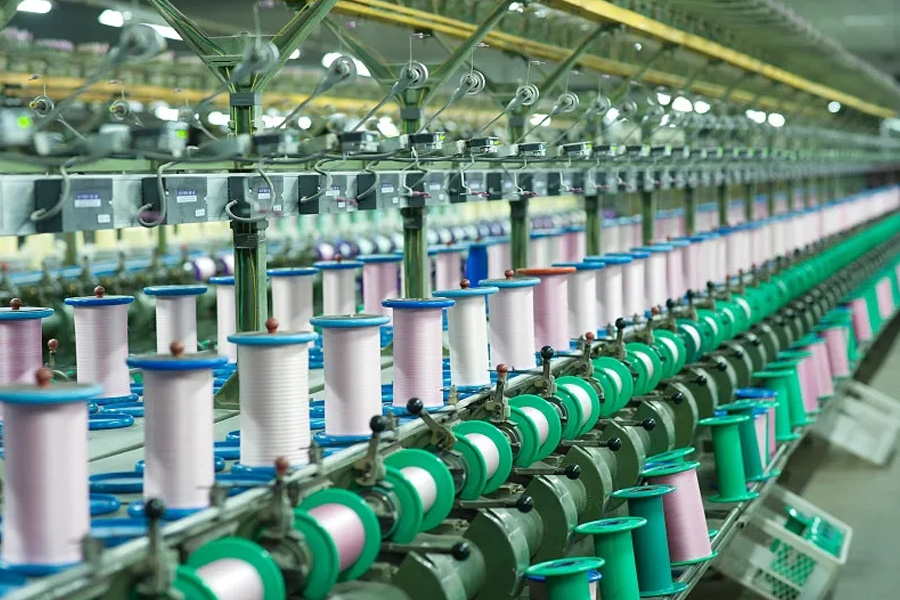
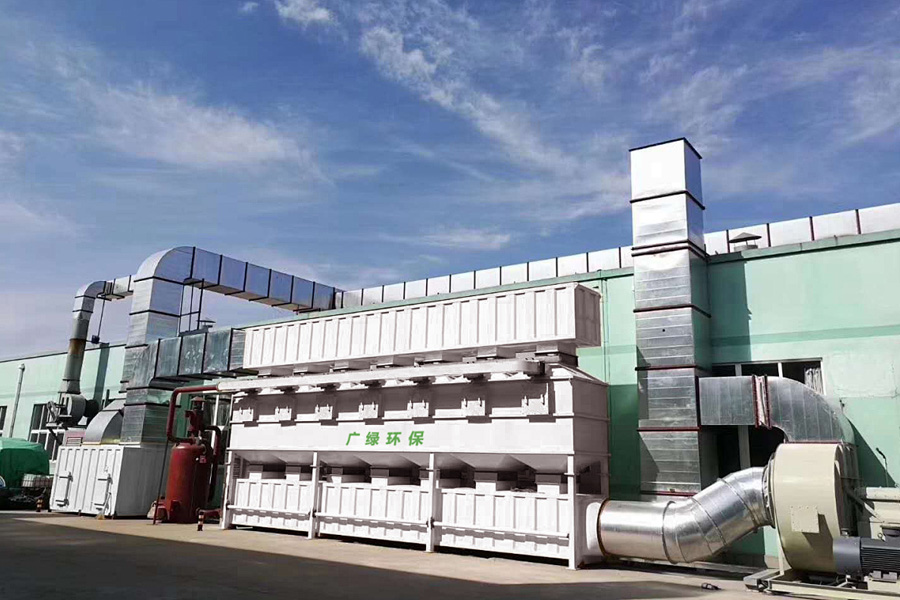
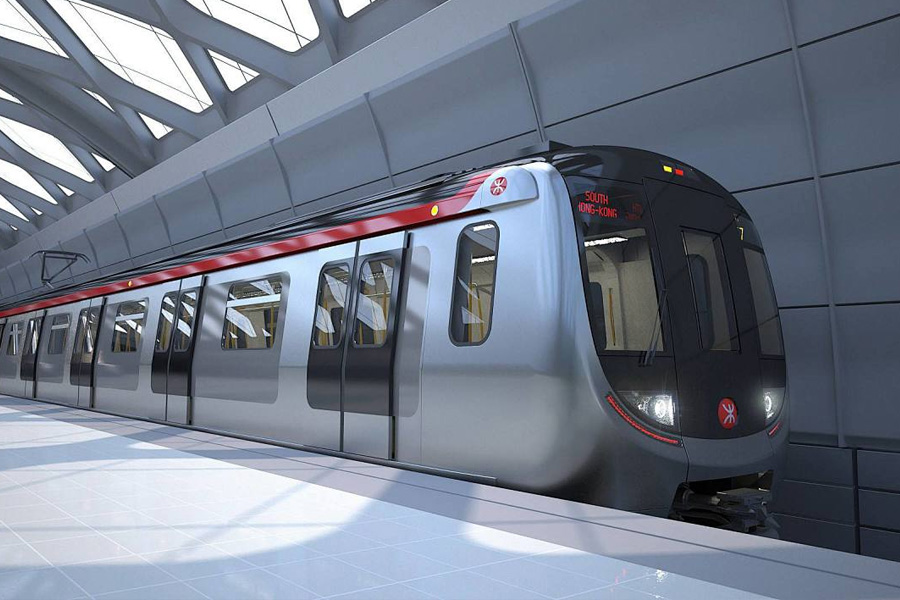
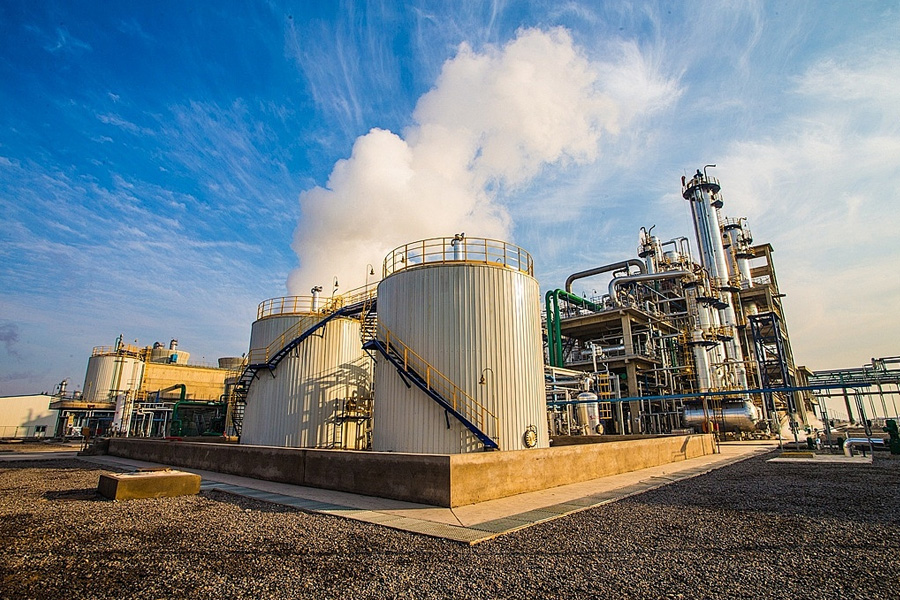
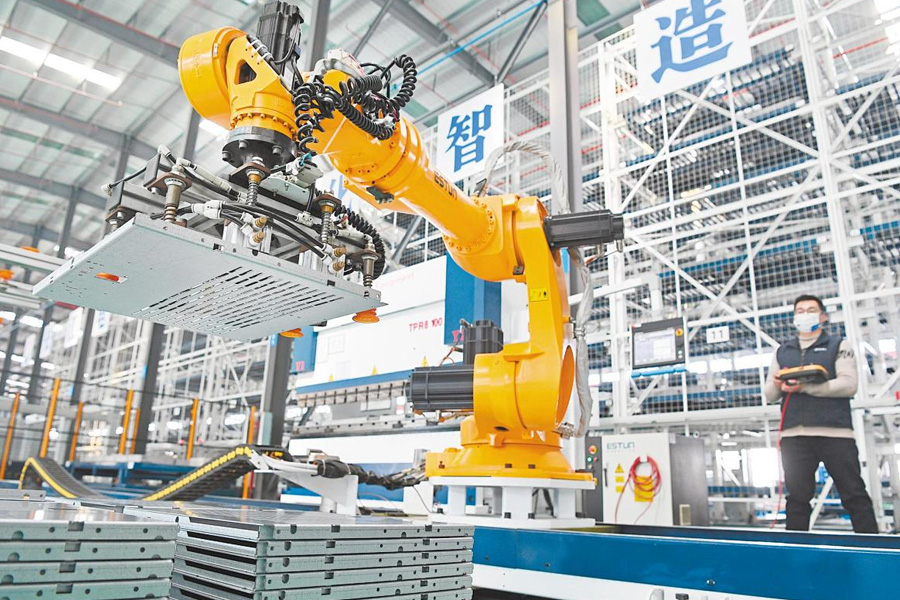


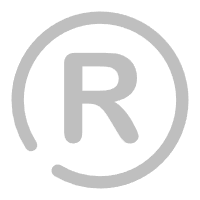 品牌声明
品牌声明